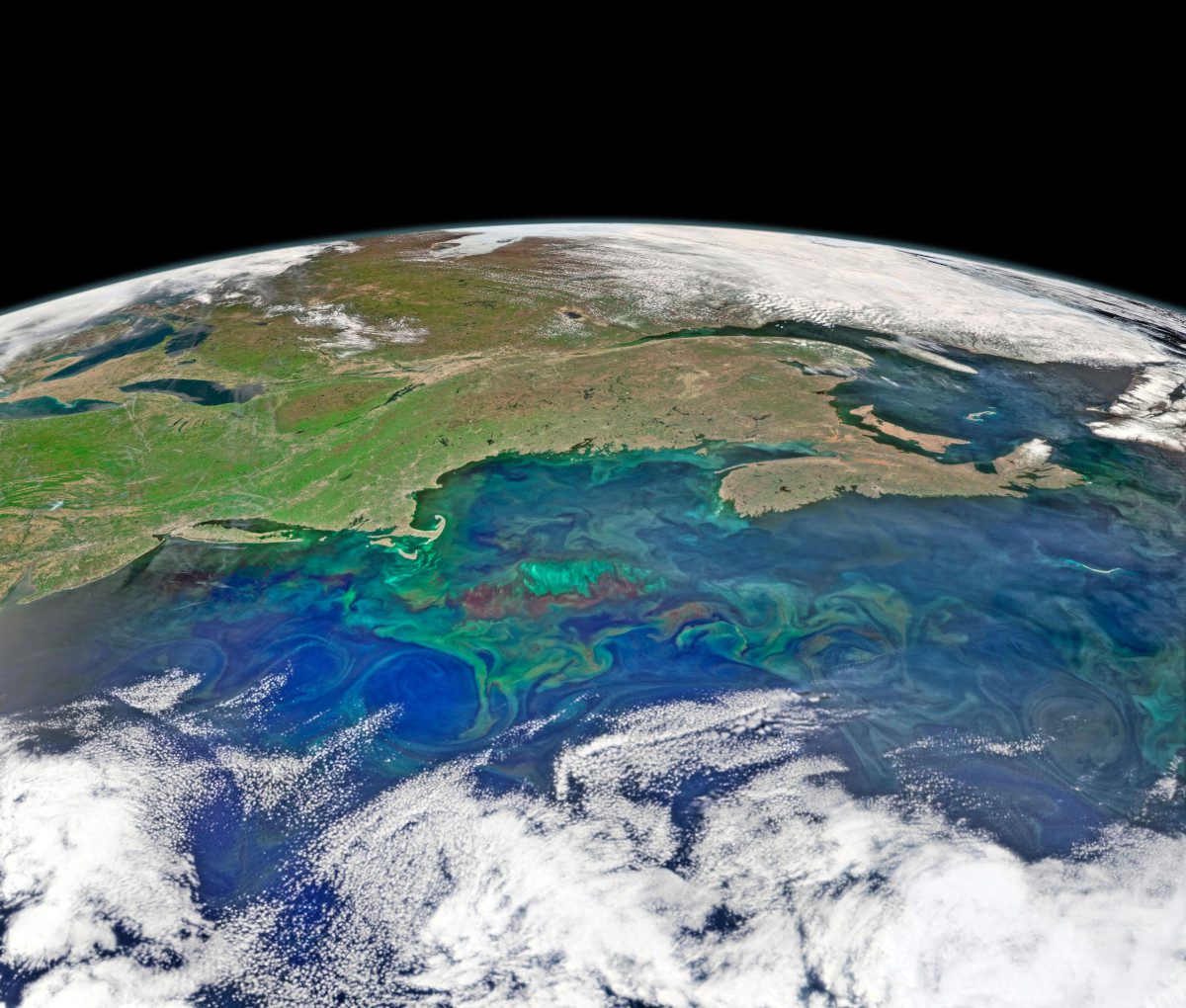
The amount of carbon stored by microscopic plankton will increase in the coming century, predict researchers at the University of Bristol and the National Oceanography Centre (NOC).
Using the latest IPCC models (Intergovernmental Panel on Climate Change), the team expects the ‘biological pump’ – a process where microscopic plants, often called phytoplankton, take up carbon and then die and sink into the deep ocean where carbon is stored for hundreds of years – to account for five to 17% of the total increase in carbon uptake by the oceans by 2100. Their findings were published on 11 July in the journal PNAS (Proceedings of the National Academy of Sciences).
“The biological pump stores roughly double the amount of carbon dioxide that is currently in our atmosphere in the deep oceanm” explained Dr Jamie Wilson, of the University of Bristol’s School of Earth Sciences. “Because plankton are sensitive to climate change, this carbon pool is likely to change in size so we set out to understand how this would change in the future in response to climate change by looking at the latest future projections by IPCC models.”
Microscopic organisms living in the sun-lit surface of the ocean called plankton use carbon dioxide during photosynthesis. When these plankton die, their remains rapidly sink down through the “Twilight Zone” of the ocean (200 – 1000m) where environmental factors, such as temperature and oxygen concentration, and ecological factors, such as being eaten by other plankton, control how much reaches the deep ocean where the carbon from their bodies is stored away from the atmosphere for hundreds to thousands of years. Warming of the oceans slows down the circulation, increasing the time that carbon is stored in the deep ocean.
Contributing author Dr Anna Katavouta, who worked alongside early-career scientist Dr Chelsey Baker, both from the National Oceanography Centre, added: “Our research found a consistent increase in the carbon stored in the ocean by the biological carbon pump over the 21st century in the latest IPCC model projections. In contrast, we found a decline in the global export production (the amount of organic matter, such as dead plankton, sinking below the ocean surface) which suggests that export production may not be as accurate a metric for the biological carbon pump than previously thought. We demonstrated that the organic matter flux at 1000 meters is instead a better predictor of long-term carbon sequestration associated with the biological carbon pump. This outcome will help us to better understand the processes that control the biological carbon pump and to predict more reliably how much of the carbon released due to human activity will be stored in the ocean in the future.”
However, the IPCC models have no consistent representation of the environmental and ecological processes in the Twilight Zone. This leads to a large uncertainty in how much carbon dioxide originating from the atmosphere the Biological Pump will store beyond the end of the century. In theory, after 2100 carbon storage by the Biological Pump could stall and instead may start acting as a source of carbon dioxide to the atmosphere, which could exacerbate climate change further.
Dr Wilson added: “This research demonstrates the crucial importance of the Twilight Zone region of the ocean for biologically-driven carbon storage in the ocean. This part of the ocean is still poorly understood because it is so hard to observe but it is also just now starting to come under pressures of environmental change, fishing and deep-sea mining.
“Understanding how the Twilight Zone controls how much carbon is stored by biology in the ocean means we can figure out how to avoid the worst impacts from human practices like fishing and mining.”
The group say they will now work towards figuring out which processes in the Twilight Zone are the most important for biologically-driven carbon storage and updating ocean models so they can reliably predict future changes.






